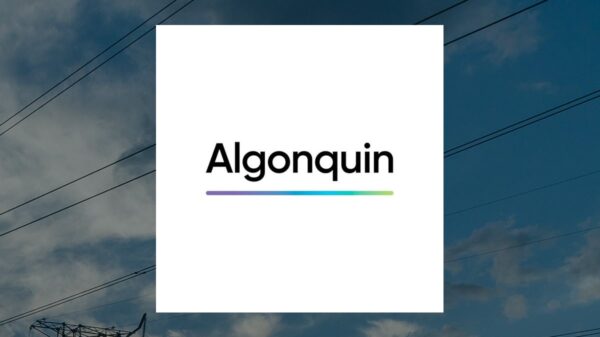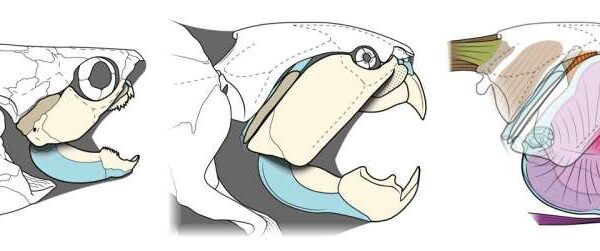Natural hydrogen found deep underground could become a significant contributor to future sustainable energy systems. Researchers from the Department of Geology at the University of Vienna have identified a unique indicator that may help predict the location and depth of these hydrogen sources. Their findings suggest that “fairy circles,” or circular patches of vegetation damage on the Earth’s surface, may signal the presence of natural hydrogen below.
These fairy circles form as a result of hydrogen seepage, leading to the decay of surrounding plant life. The study indicates a direct correlation between the size of these circles and the depth and pressure of hydrogen sources underground. Specifically, the deeper the hydrogen deposit and the greater the pressure, the larger the fairy circle observed above ground.
Understanding Fairy Circles and Hydrogen Sources
The research, published in the journal Geology, provides a fresh perspective on how to locate natural hydrogen reservoirs. As the world seeks alternatives to fossil fuels, understanding these underground sources becomes crucial. The ability to accurately predict where these hydrogen concentrations lie could streamline efforts in developing sustainable energy solutions.
Currently, predicting the depth and location of natural hydrogen is challenging. This new study offers a novel approach by linking visible surface indicators to underground resources. The findings could pave the way for more efficient exploration methods, potentially accelerating the transition to cleaner energy sources.
The implications of this research extend far beyond academic interest. Natural hydrogen, if harnessed effectively, could play a vital role in reducing carbon emissions and promoting energy independence. As countries grapple with the effects of climate change, finding reliable and sustainable energy alternatives is more critical than ever.
Future Research Directions
Researchers emphasize that further studies are necessary to refine the methods for identifying hydrogen sources using fairy circles. The goal is to develop a comprehensive model that integrates geological data with surface observations. Such advancements could enhance the exploration techniques currently employed in the energy sector.
The University of Vienna’s work represents a step forward in understanding the potential of natural hydrogen. As the demand for sustainable energy solutions grows, innovative approaches like this could help unlock new resources and foster a more sustainable future.
In summary, the insights gained from examining fairy circles may significantly impact how natural hydrogen is located and utilized. By harnessing these findings, the energy industry could move closer to achieving a sustainable system powered by clean, natural resources.



































































